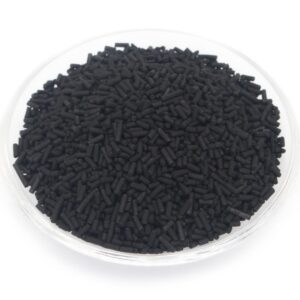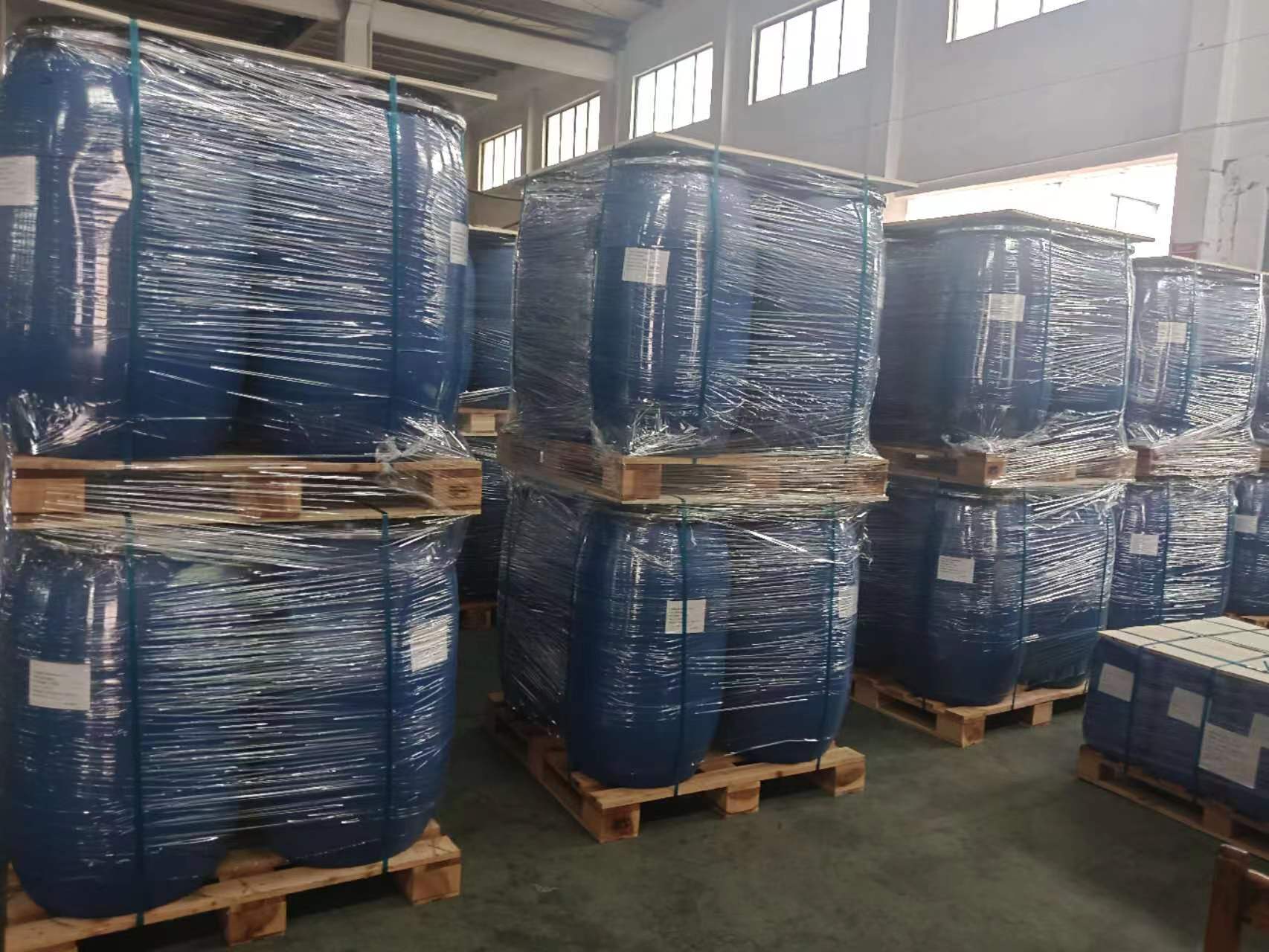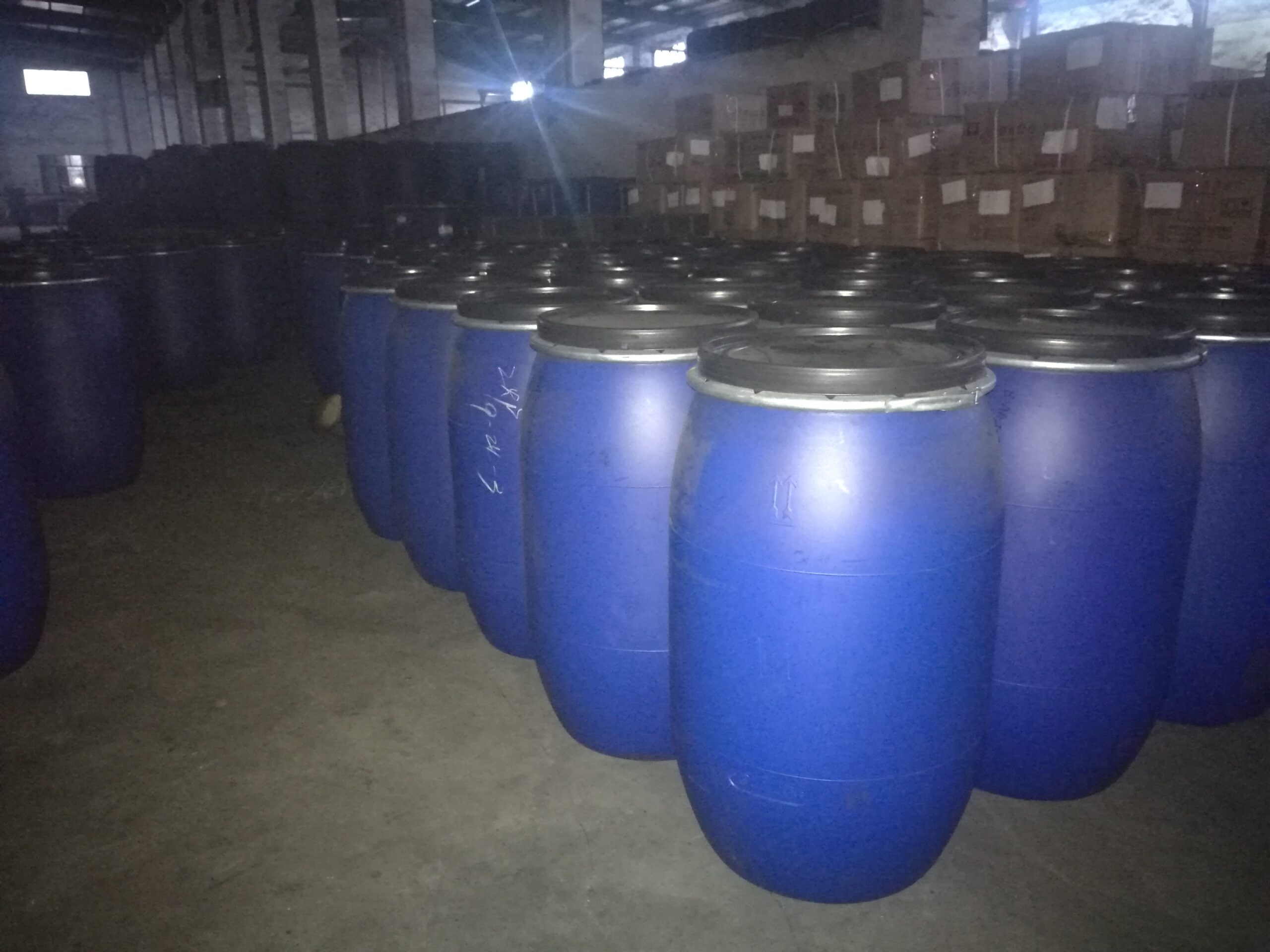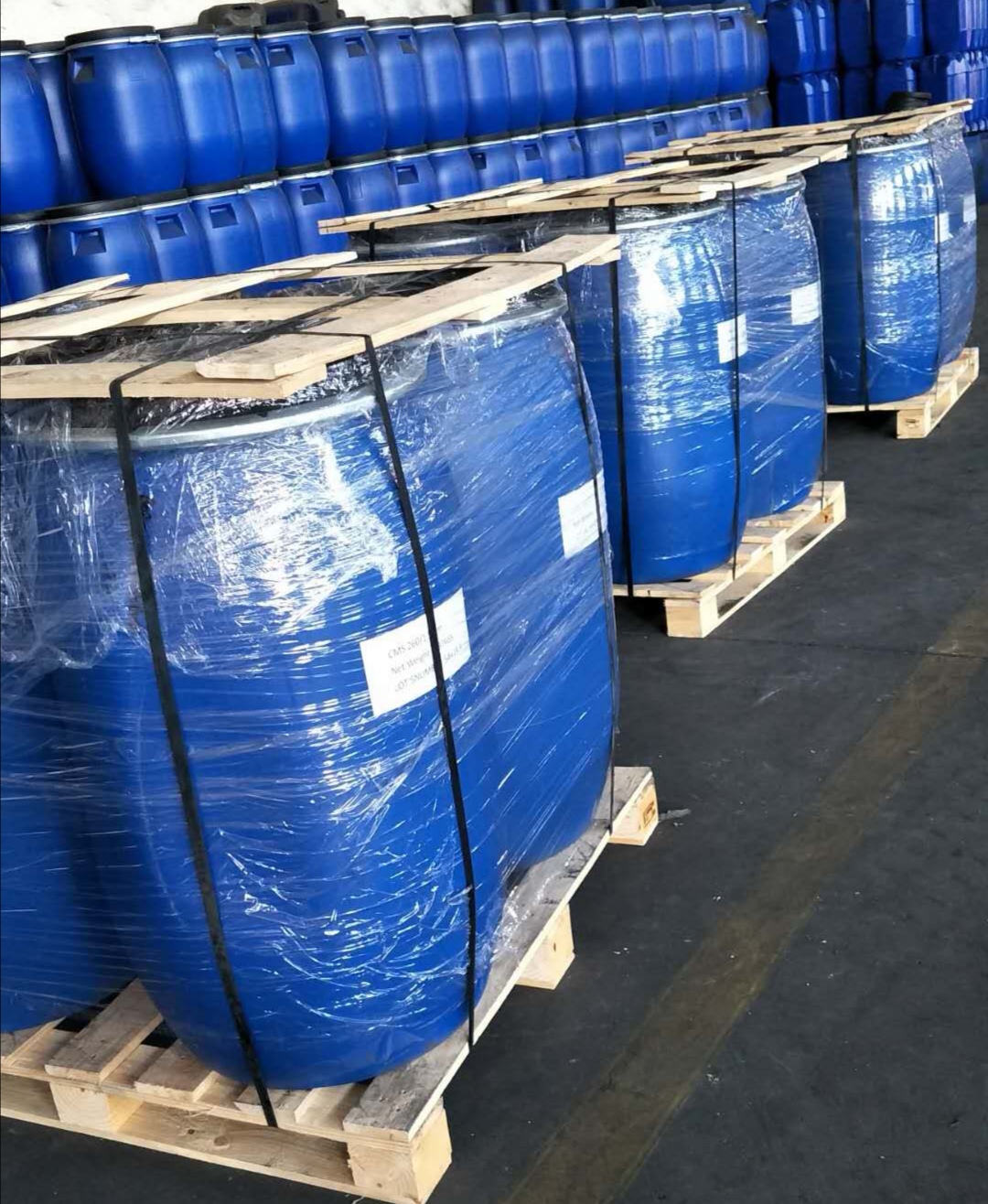How to remove sulfur from biogas?
Biogas desulfurization is a crucial step in the purification process of biogas, as hydrogen sulfide (H₂S) is toxic, corrosive (damaging equipment) and generates SO₂ when burned, polluting the environment. The following are common methods, technical details and application scenarios for biogas desulfurization, to help you choose the appropriate solution:
1. Dry desulfurization (solid adsorbents)
Principle: Utilize solid adsorbents (such as iron oxide, activated carbon) to react with or adsorb H₂S chemically.
Common materials:
Iron oxide desulfurizer (Fe₂O₃):
Reaction equation: Fe₂O₃ + 3H₂S → Fe₂S₃ + 3H₂O Fe₂O₃ + 3H₂S → Fe₂S₃ + 3H₂O (requires regular air supply for regeneration).
Advantages: Low cost, simple operation, suitable for small-scale (such as rural household biogas).
Disadvantages: Limited sulfur capacity (about 20-30% by weight ratio), requires frequent replacement or regeneration.
Activated carbon desulfurizer:
Convert H₂S through catalytic oxidation into elemental sulfur (requires regular cleaning or thermal regeneration).
Advantages: Can remove organic sulfur (such as mercaptans), suitable for high-precision desulfurization (H₂S < 50 ppm). Applicable scenarios:
Small-scale biogas projects (such as household biogas tanks, small-scale livestock farms).
Low H₂S concentration (< 2000 ppm).

2. Wet desulfurization (liquid absorption)
Principle: Use alkaline solutions or oxidizing liquid to absorb H₂S.
Common methods:
Chemical absorption method:
Introduce H₂S into a biological reactor containing sulfur-oxidizing bacteria (such as Thiobacillus), converting it into elemental sulfur or salts.
Advantages: Environmentally friendly, low operating cost, suitable for medium and large-scale projects.
Reaction equation: H₂S + 2NaOH → Na₂S + 2H₂O
H₂S + 2NaOH → Na₂S + 2H₂O.
Disadvantages: The waste liquid needs to be treated (sulfur-containing wastewater).
Sodium hydroxide (NaOH) solution:
Biological desulfurization (micro-aerobic method):
Physical absorption method:
Use organic solvents (such as polyethylene glycol) to absorb H₂S, and the solvent can be recycled. Applicable scenarios:
Medium-sized and large-scale biogas projects (such as sewage treatment plants, industrial biogas).
High H₂S concentration (> 2000 ppm).
3. Biological desulfurization (environmental protection)
Principle: Sulfur-oxidizing bacteria convert H₂S into elemental sulfur or salts under micro-oxygen conditions.
Process:
Biogas is mixed with a small amount of air (O₂) and enters the biological reactor.
Bacterial catalytic reaction: H₂S + O₂ → S + H₂O (or further oxidized to).
Advantages:
No chemical agents, and the products can be recycled.
Low operating cost (only a small amount of electrical energy is required to supply oxygen). Disadvantages:
The oxygen supply must be strictly controlled (to prevent the formation of explosive mixtures).
The startup process is slow (requiring the cultivation of bacterial colonies). Applicable scenarios:
Large-scale biogas projects (such as landfill gas and industrial wastewater biogas).
Situations that pursue low-carbon and environmental protection.
4. Membrane separation method (emerging technology)
Principle: Use selective permeable membranes to separate H₂S (CO₂ can also be removed simultaneously).
Advantages:
Compact equipment, no chemical consumption. Disadvantages:
The investment is high and the membrane is prone to contamination (requiring pre-treatment).
Methane may be lost along with H₂S. Applicable scenarios:
High value-added projects (such as purification of vehicle bio-gas).
5. Comparison table of desulfurization technologies
Method Desulfurization accuracy Cost Maintenance difficulty Applicable H₂S concentration range
Dry method 100-50 ppm Low Medium < 2000 ppm
Wet method < 50 ppm Medium High 500-5000 ppm
Biological method < 50 ppm Low (long-term) Medium 500-10000 ppm
Membrane method < 100 ppm High High < 3000 ppm

6. Selection suggestions
Small scale/low concentration: Dry desulfurization (iron oxide desulfurizer).
Medium and large scale/high concentration: Wet method (chemical absorption) or biological desulfurization.
Strict environmental protection requirements: Prioritize biological desulfurization.
High purity requirements: Combined process (such as dry method + biological method).
7. Notes
Safety: Explosion-proof design is required when H₂S concentration exceeds 500 ppm.
Pre-treatment: Dehydrate first (water vapor affects the efficiency of the adsorbent).
Monitoring: Install H₂S online detector (ensure the outlet concentration meets the standard).



